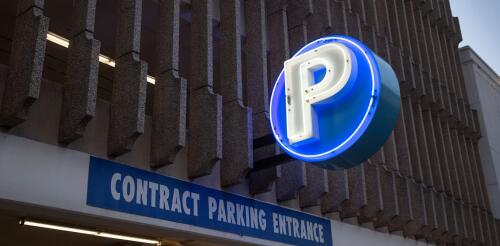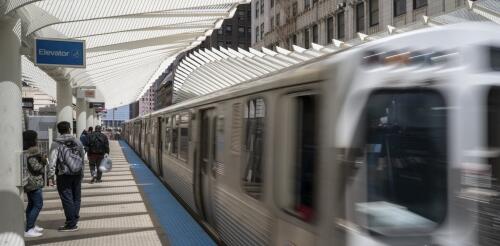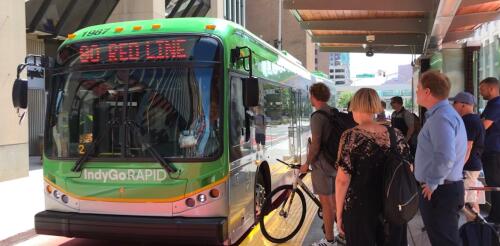Urban development
The Earth is losing animals, plants and other living things so fast that some scientists believe the planet is entering its sixth mass extinction. But there’s some surprising good news: Urban areas may be key to slowing down or even reversing this crisis. This idea may seem counterintuitive, since studies show that urbanization is a big driver of biodiversity loss. Cities alter the environment with artificial lighting and noise pollution, which affect many species. And urban land cover is expected to increase by 2.5% globally between 2000 and 2030 as more people move to cities. As one measure of urbanization, half of the continent of Europe is less than 1 mile (1.5 kilometers) from a roadway or railway line. No location on the continent is more than 6 miles (10 kilometers) from these features. But there are ways for cities to use nature-based solutions to slow species loss within their borders. At a major international conference on biodiversity loss in 2022, global lead...
It took a global pandemic to convince American businesses that their employees could work productively from home, or a favorite coffee shop. Post-COVID-19, employers are struggling to find the right balance of in-office and remote work. However, hybrid work is likely here to stay, at least for a segment of workers. This shift isn’t just changing lifestyles – it’s also affecting commercial spaces. Office vacancy rates post-COVID-19 shot up almost overnight, and they remain near 20% nationwide, the highest rate since 1979 as tenants downsize in place or relocate. This workspace surplus is putting pressure on existing development loans and leading to defaults or creative refinancing in a market already plagued by higher interest rates. Office tenants with deeper pockets have gravitated to newer and larger buildings with more amenities, often referred to as Class A or “trophy” buildings. Older Class B and C buildings, which often have fewer amenities o...
The U.S. has a car-centric culture that is inseparable from the way its communities are built. One striking example is the presence of parking lots and garages. Across the country, parking takes up an estimated 30% of space in cities. Nationwide, there are eight parking spots for every car. The dominance of parking has devastated once-vibrant downtowns by turning large areas into uninviting paved spaces that contribute to urban heating and stormwater runoff. It has driven up housing costs, since developers pass on the cost of providing parking to tenants and homebuyers. And it has perpetuated people’s reliance on driving by making walking, biking and public transit far less attractive, even for the shortest trips. Why, then, does the U.S. have so much of it? For decades, cities have required developers to provide a set number of parking spaces for their tenants or customers. And while many people still rely on parking, the amount required is typically far more than mos...
Public transit systems face daunting challenges across the U.S., from pandemic ridership losses to traffic congestion, fare evasion and pressure to keep rides affordable. In some cities, including Boston, Kansas City and Washington, many elected officials and advocates see fare-free public transit as the solution. Federal COVID-19 relief funds, which have subsidized transit operations across the nation at an unprecedented level since 2020, offered a natural experiment in free-fare transit. Advocates applauded these changes and are now pushing to make fare-free bus lines permanent. But although these experiments aided low-income families and modestly boosted ridership, they also created new political and economic challenges for beleaguered transit agencies. With ridership still dramatically below pre-pandemic levels and temporary federal support expiring, transportation agencies face an economic and managerial “doom spiral.” Free public transit that doesn’t b...
Public transit in the U.S. is in a sorry state – aging, underfunded and losing riders, especially since the COVID-19 pandemic. Many proposed solutions focus on new technologies, like self-driving cars and flying taxis. But as a researcher in urban policy and planning, I see more near-term promise in a mode that’s been around for a century: the city bus. Today, buses in many parts of the U.S. are old and don’t run often enough or serve all the places where people need to go. But this doesn’t reflect the bus’s true capability. Instead, as I see it, it’s the result of cities, states and federal leaders failing to subsidize a quality public service. As I show in my new book, “The Great American Transit Disaster: A Century of Austerity, Auto-Centric Planning, and White Flight,” few U.S. politicians have focused on bus riders’ experiences over the past half-century. And many executives have lavished precious federal capital doll...




